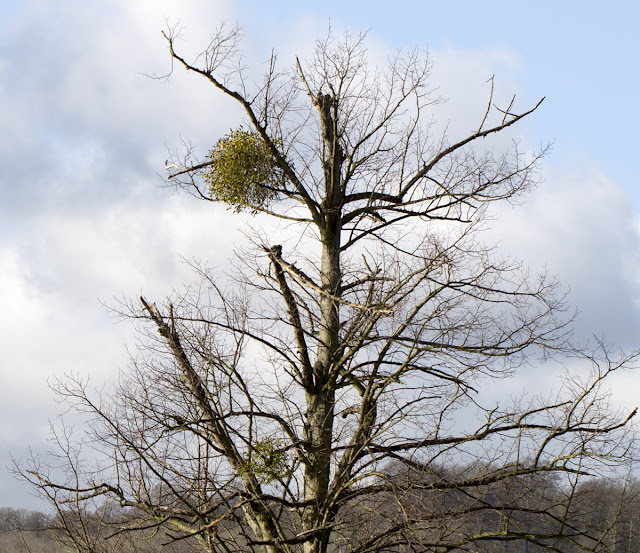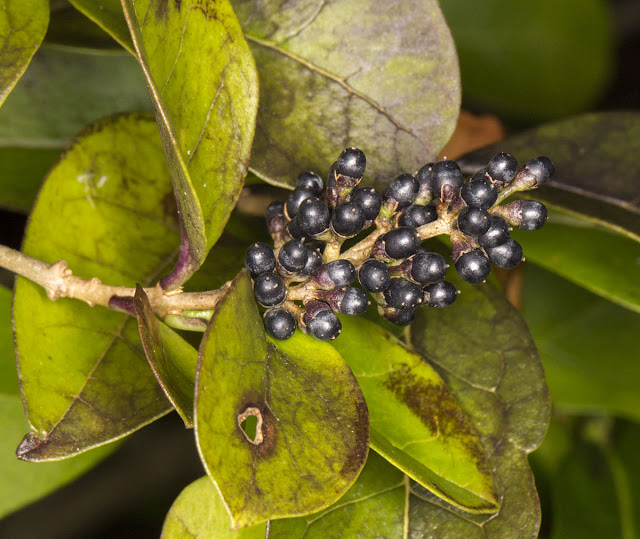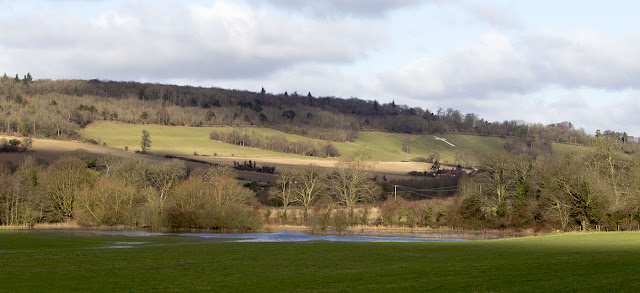 |
View across the Darent valley to Meenfield Wood and the war memorial, on the hillside opposite Shoreham,
the next small town along the valley from Otford. 2 February 2013. |
It's winter and most of the OFC outings have been for birds, which are not my interest. This was more of a walk along the valley, keeping an eye out for any interesting natural history. It was a cold and windy day, in the middle of a rainy season, but on this day we had intermittent sunshine, which made a nice change.
It was interesting to see that war memorial - the cross on the hillside - because then I realised I was within sight of a walk in May last year, which I do not seem to have put on the blog. We walked along the treeline on that hillside and I saw the cross from above.
The water you can see is flooded fields; the small river is behind the trees.
We saw a few wildflowers, including snowdrops and primroses, but they were on a bank outside some houses; perhaps they were seeding themselves, but they must have been planted originally. And some flowers were survivors from last year. The only true wild spring flower we saw was a Lesser Celandine.
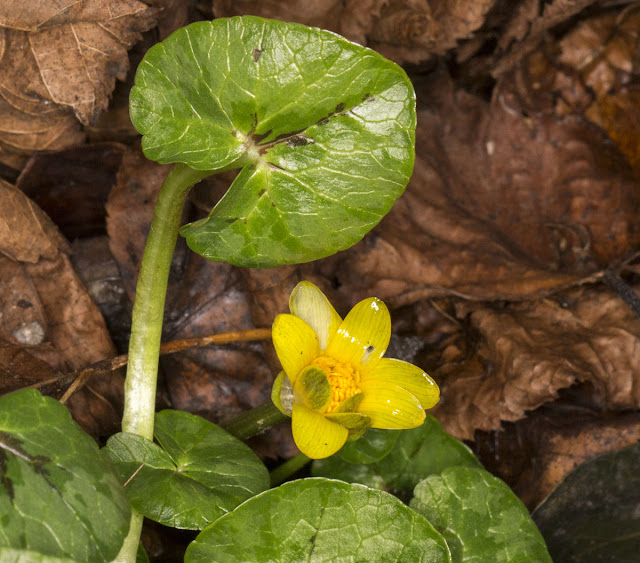 |
| Lesser Celandine, Ranunculus ficaria. Otford, 2 February 2013. |
A pretty little flower, related to Buttercups. But winter and early spring are good times to look for mosses and lichens, and we saw some of those too.
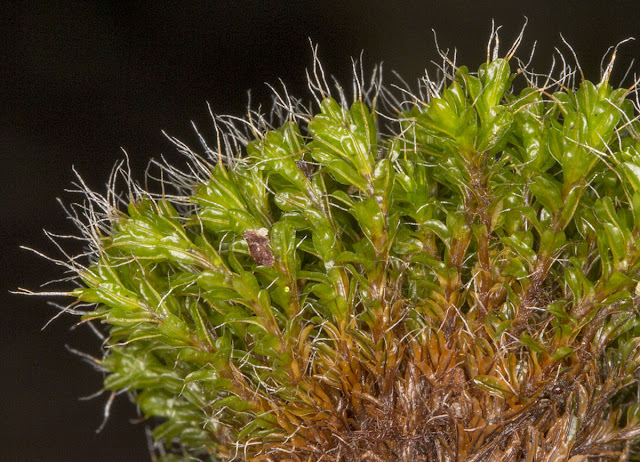 |
| Syntrichia intermedia. Darent valley, 2 February 2013. |
This lovely thing grows in round cushiony clumps on walls.
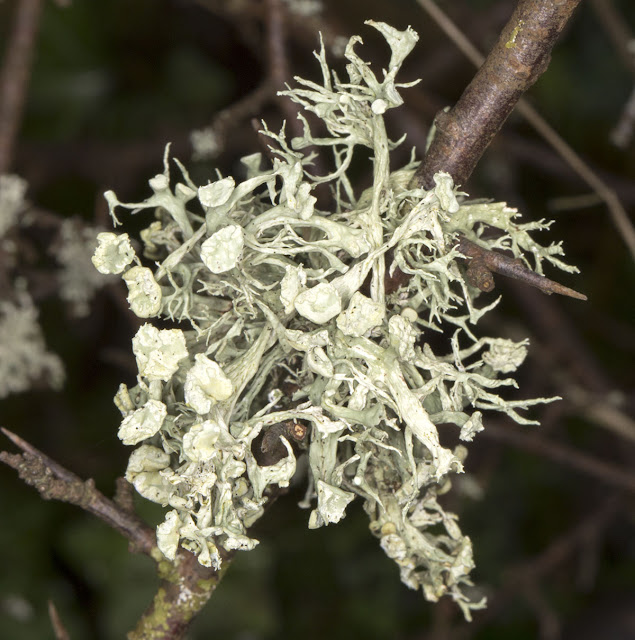 |
| Ramalina fastigiata. Darent valley, 2 February 2013. |
This, as you can see, grows on twigs.
I was using a new camera that has GPS built in, and there is software which produces a track of where you have been with it:
 |
| Walking route in the Darent valley, 2 February 2013. |
We walked this route anticlockwise starting at the bottom right. The pins mark where the photos were taken; in order, view - lichen - moss - flower. Of course, I took more than that; enough for me to show a few next time. Please ignore the trail off to the bottom left; I forgot to turn off the GPS and it tracked the car all the way home from inside the boot!












